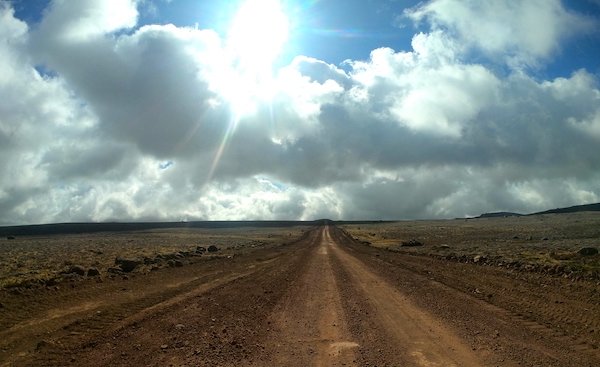
Bale Mountains National Park mainly sits on a high altitude plateau, which includes the second highest peak in Ethiopia, Tulu Dimtu at 4,377m (14,360 ft). The park is over 2,000 km2 (over 800 sq mi), and is home to a variety of endemic species, including the Abyssinian Wolf, or the Ethiopian Wolf, a small light-red wolf with white markings that resembles a large fox. As well as the many other animals who share their home, we hoped to be lucky enough to see one.


We picked up our park guide and drove the long winding road up, up, up to the park’s highlands.





Bereket, our driver and now friend, was as delighted to be here as we were. He was experiencing an amazing part of his homeland that he’d never been to, so we three were discovering it together. Bereket, a father of two girls, is the younger brother of a Christian missionary who lives part time in the US. (We got to meet them, too, in Awassa, and they’re also very genuine people.) Bereket started his tour business shepherding American missionaries around Ethiopia, and while he’s since visited many places around the world, no one had ever asked him to come here, this extraordinary reserve mere hours from his home town. (It’s fun how universal it is that newcomers find things in our backyards that we haven’t noticed.) In any case, our shared wonderment made the days even more marvelous.
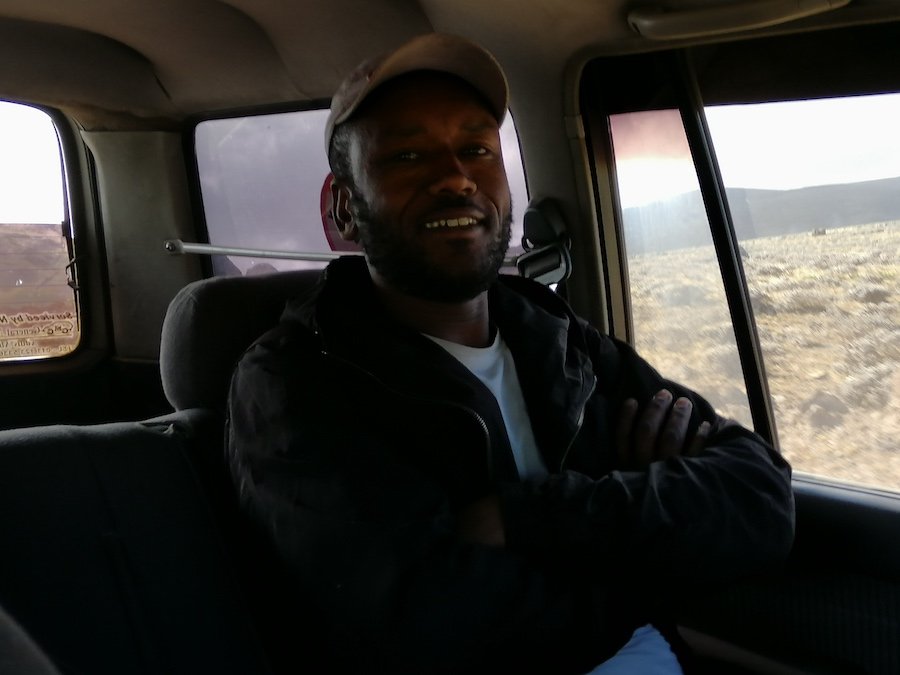
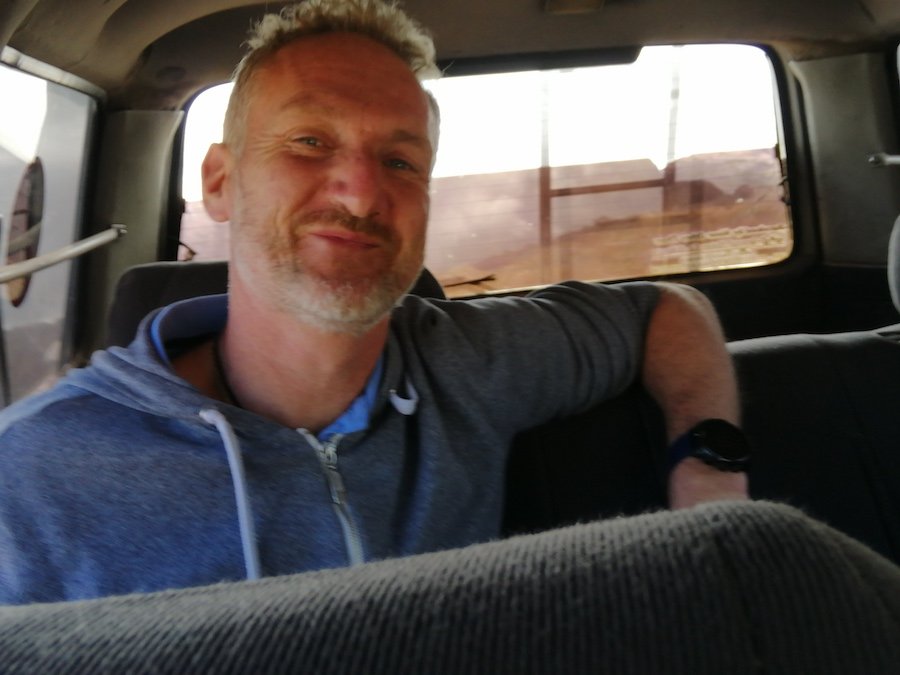
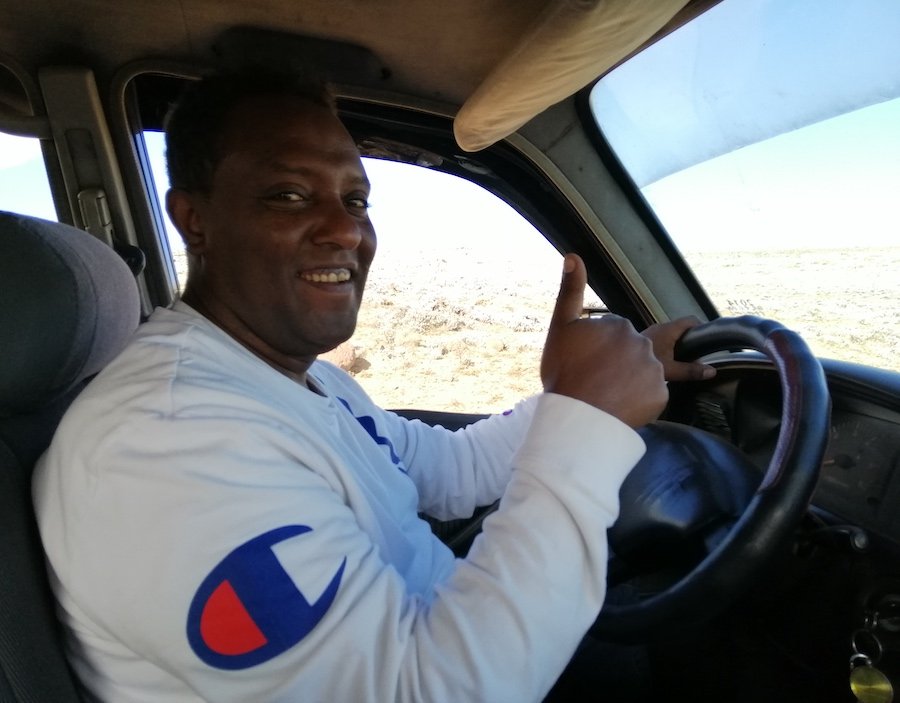

The higher we got, the more arid and open the landscape. Trees were replaced with low bushes, hardy herbs, and small woody plants. This high altitude desert supports mainly small animals. Of note, according to biologists, are the rodent populations who comprise one third of the parks’ mammal species. This helps explain the wolves, that have adapted to feed on them, and the birds of prey. of course (11-16 kg, 24-35 lbs), a huge population of rodents, and a great variety of birds. According to biologists, one third of the park’s mammal species are rodents The wolves have adapted to feed on the rodents, and if we’re lucky, we’ll see them hunting when the rodents are active above ground.

Our first stop in the park was to see some of the small highland ponds, home to several species of water bird. It was surprising to me, given to the general dryness of the habitat, that such small ponds attracted such a variety of water birds. Nature is intriguing.

There were different kinds of ducks, some geese and several other breeds of birds, all new to me.
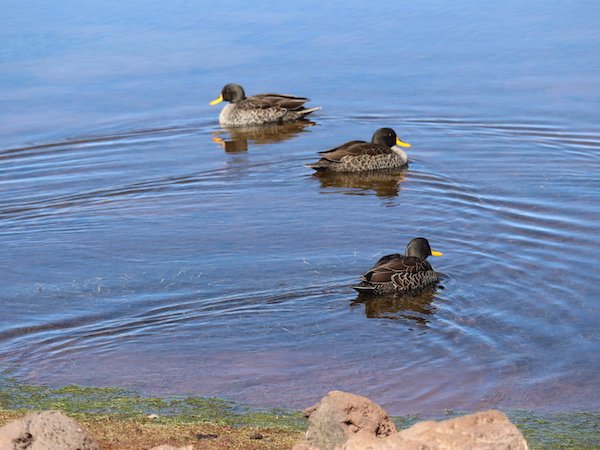

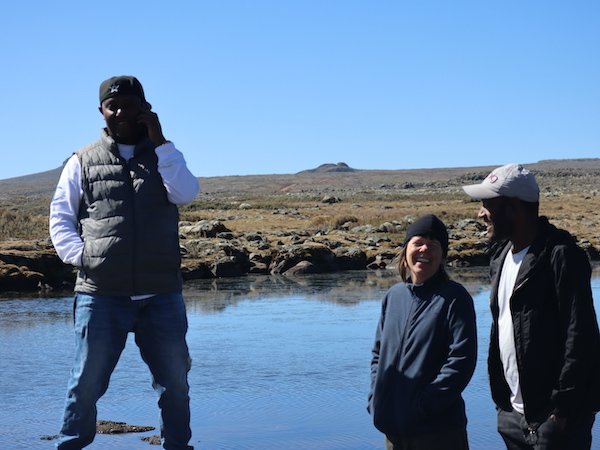

Even though I knew this was going to be a high altitude park, I was not prepared for how dry and barren it felt. Whenever I’m in really dry places, it’s an adjustment for me. I grew up in a hot and humid climate (NC, USA) lived in the tropics and semi tropics for 17 years. That kind of wet (and green) feels normal to me. I didn’t realize until I moved to Portugal how much I associated green plant cover with life, and since much of Portugal turns brown in the hot, dry summer, it took me a while to adjust.

It helps that of my favorite professors in university studied desert biology and gave many wonderful lectures using photos and examples from his research. He opened the vibrant world of the desert to us, and it was magic to realize the variety of life that thrived in such a seemingly inhospitable environment.

We continued marveling at the landscape when suddenly, we spotted a wolf! We saw him hunting, and then running along the valley! We were so excited. Such a beautiful being.


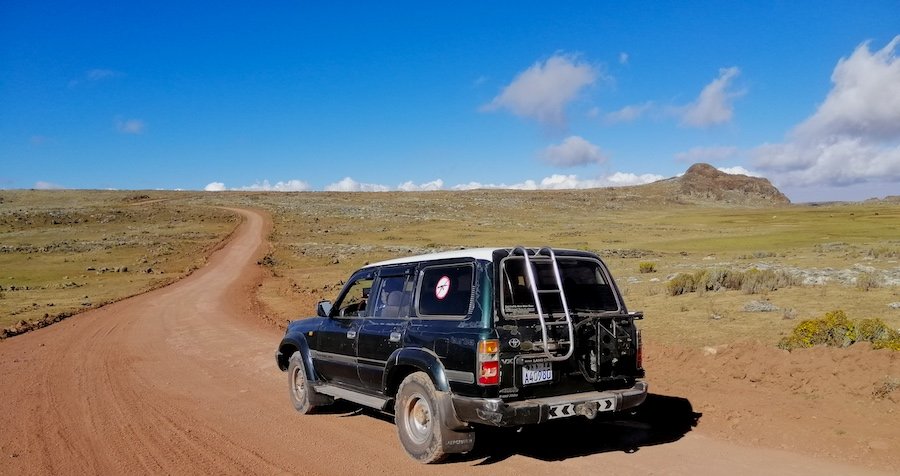


As we drove slowly along the high altitude dirt road that bifurcated the park, drinking in the vastness of the landscape, I remembered that we were on an enormous plateau. Later, in a plane, I saw that much of Ethiopia is mountains and plateaus. Mountains moderate many things like rainfall, climate and human migration and likely helps explain the amazing variety of ethnic groups in Ethiopia. It reminds me of a three week bicycle ride I did with two friends through the Laotian highlands, which consisted of climbing a lot of mountains, and every time we crossed into a new valley (almost daily), we met a new ethnic group with distinct clothing and farm tools. Here, we’re atop a vast expanse of dry, rolling land with wide open skies, filled mainly with wildlife and very few people grazing cattle and goats.

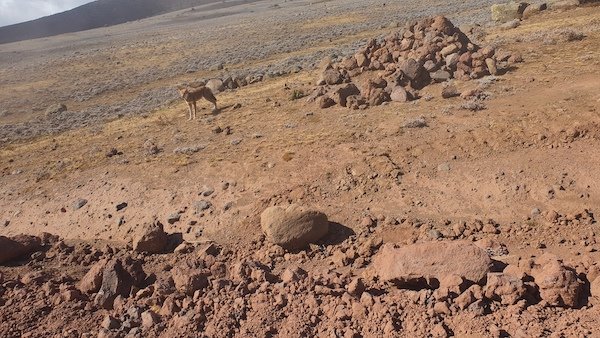
As we imbibed the vastness we spotted another wolf! We all got out and appreciated her. She’d been hunting around the rock pile and we’d seen her as she leaped into the air to pounce on her prey. I happened to look a bit further down the road and about 10m (10yds) away and enormous brown bird of prey sat watching us. I was so full of awe at being so close to such an amazing creature that I didn’t move. I stood perfectly still for a few breaths, and when I softly called to the others to come admire the bird, in one graceful gesture of power it spread it’s wide wings while launching into the air… and was gone. In the few seconds it took them to get to my side of the car, the bird was gone and it was just me standing there eyes wide, speechless. A moment of grace. To think that there have been times when humans were quiet and respectful enough to see these things often in the course of their lives… It makes me very sad to know this loss and also happy to know that it’s still possible. Thank you great bird. Thank you.


We continue driving, always going up, and turn onto the road to the top of Tulu Dimtu, Ethiopia’s second highest peak at 4,377m (14,360ft).





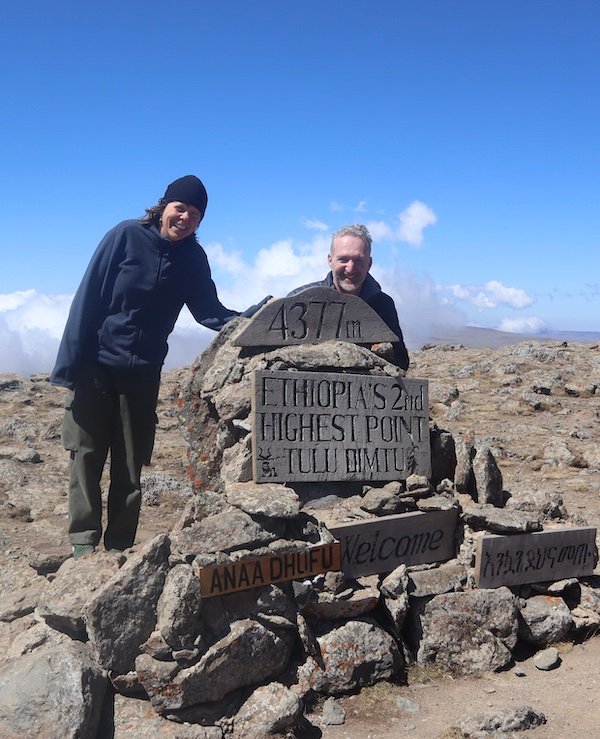
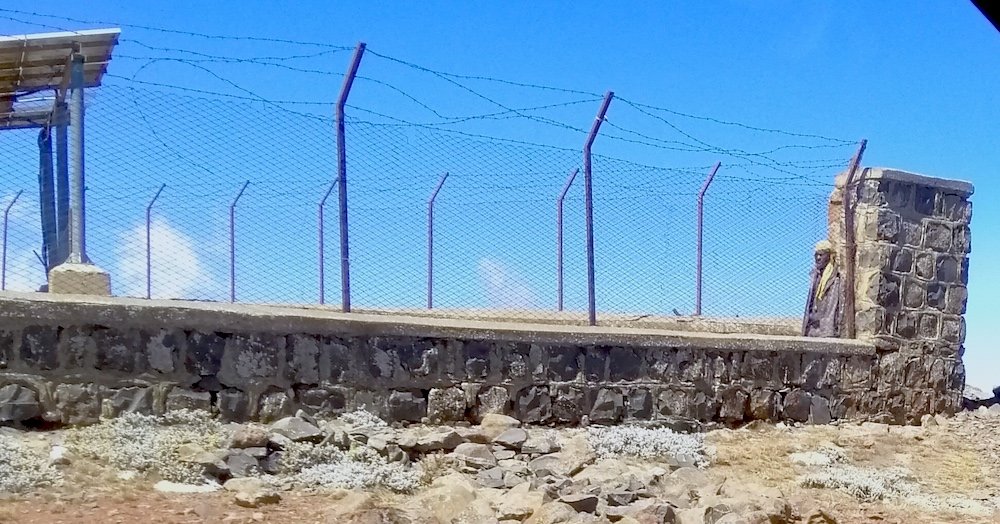
The cell tower guards, who have food brought to them, can only stay up here for a limited time, and if memory serves it’s about 6 days. Staying at this altitude is challenging even for them, and they’re all of the people who grow up shepherding on the plateau. No one else can stand it. Quite literally. We gave him a gift of bananas and water, which he accepted with a quiet smile. He wasn’t very talkative, and I guess the kind of people who live on this plateau and do this kind of job get used to the quiet… He’s probably one of the best meditators on the planet. Grin.

Back down on the plateau… this had the appearance of a favorite perch, and since there aren’t so many trees, rocks offer the next highest vantage point for these large hunting birds.



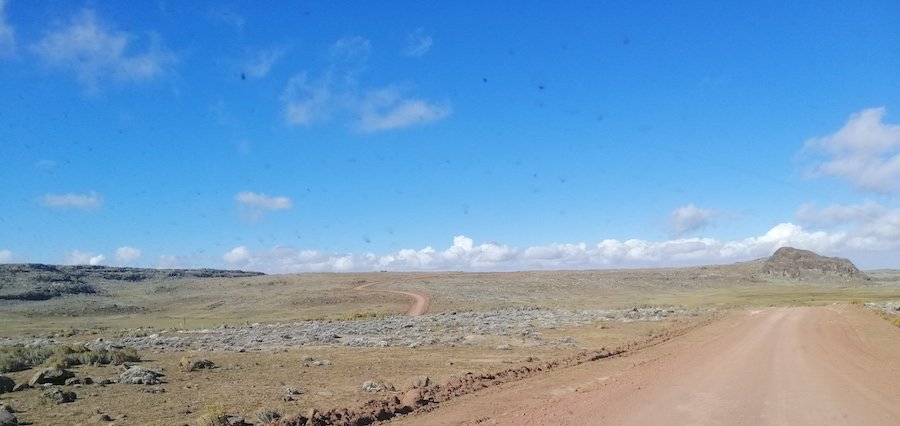

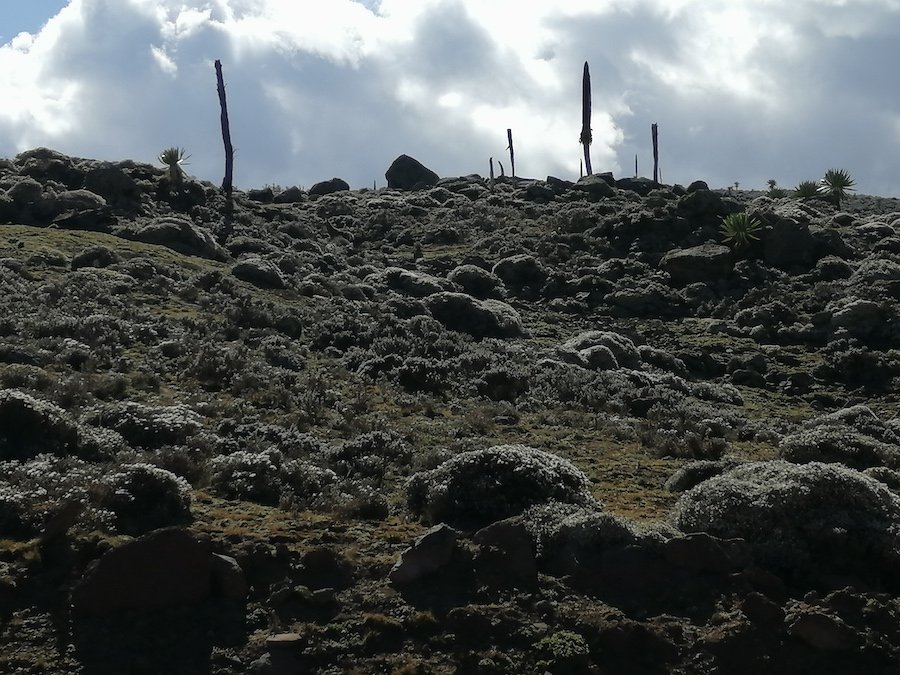





I loved seeing horses everyday. This man had a really nice relationship with his. They moved together as a relaxed and comfortable team.

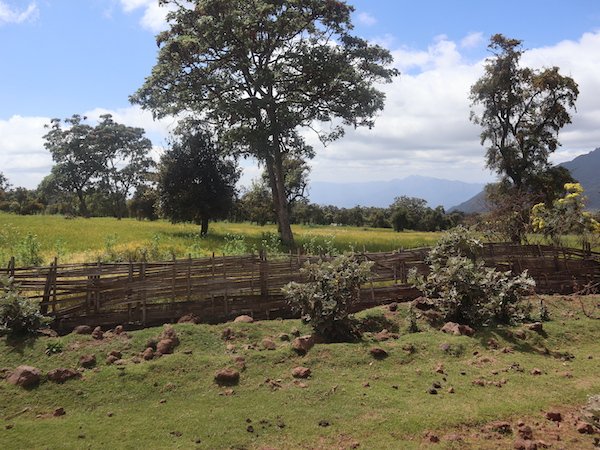
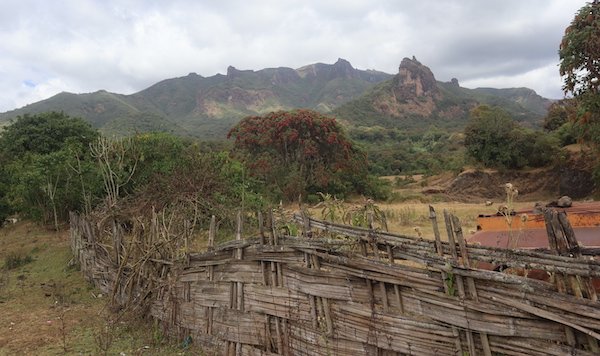



As we start the drive back to the hotel, we pass these baboons who are waiting in the road, knowing that people will stop to take their photos and hopefully give them some fruit. Bereket and Benoit loved it.
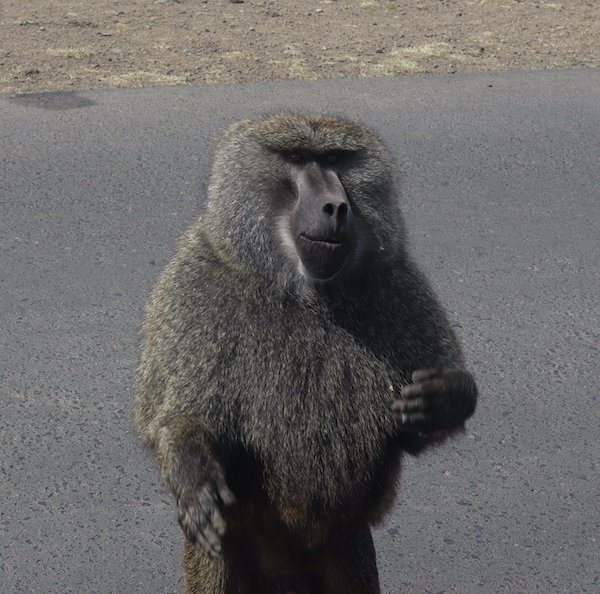
I am not a fan of monkeys after having some challenging experiences with them the first time I was in Bali. (One stole my glasses and I had to pay a man to get them back. I had been warned, but I forgot that I had them on. And another walked up to me and took a bunch of bananas out of my hands. Both incidents were over in seconds and nothing grave happened, largely because I was too shocked to resist, but both times I felt violated. I’ve not had a good experience with monkeys to balance these out, so I was not interested in toying with these guys. And these baboons are bigger than the Balinese monkeys, up to 85cm (3ft) in height.

The next day, we drive back to Awassa.







The next day, Bereket had worked some magic to get our flights changed so we could go to Lalibela, our next destination, as planned. He actually knew someone who worked in the airport, and of course he understood the cultural politenesses and timing necessary to get things done… et voila, we were sorted. Yet another reason why it’s good to make friends! This is how things get done.


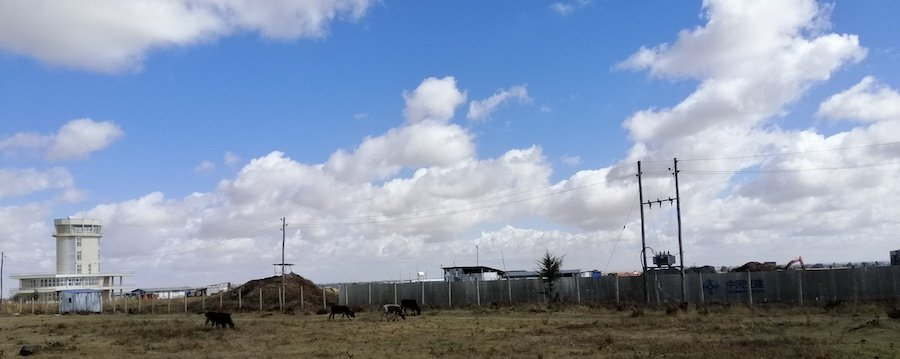

And we’re off to Lalibela on this little plane. I like these planes. They always remind me of childhood.
See you on the next blog, where we discover another beautiful reason that we came to Ethiopia!
